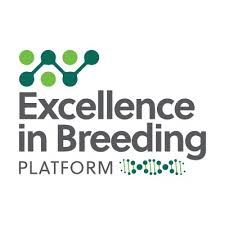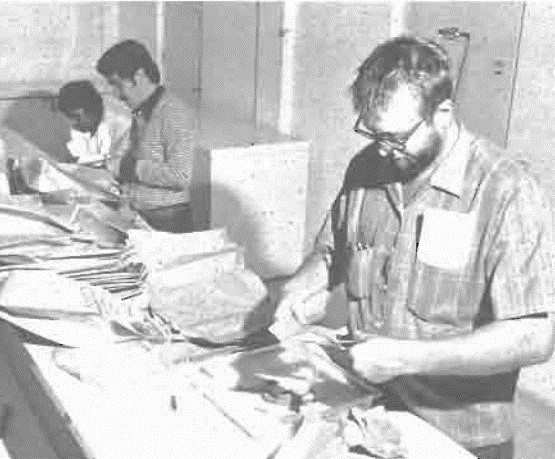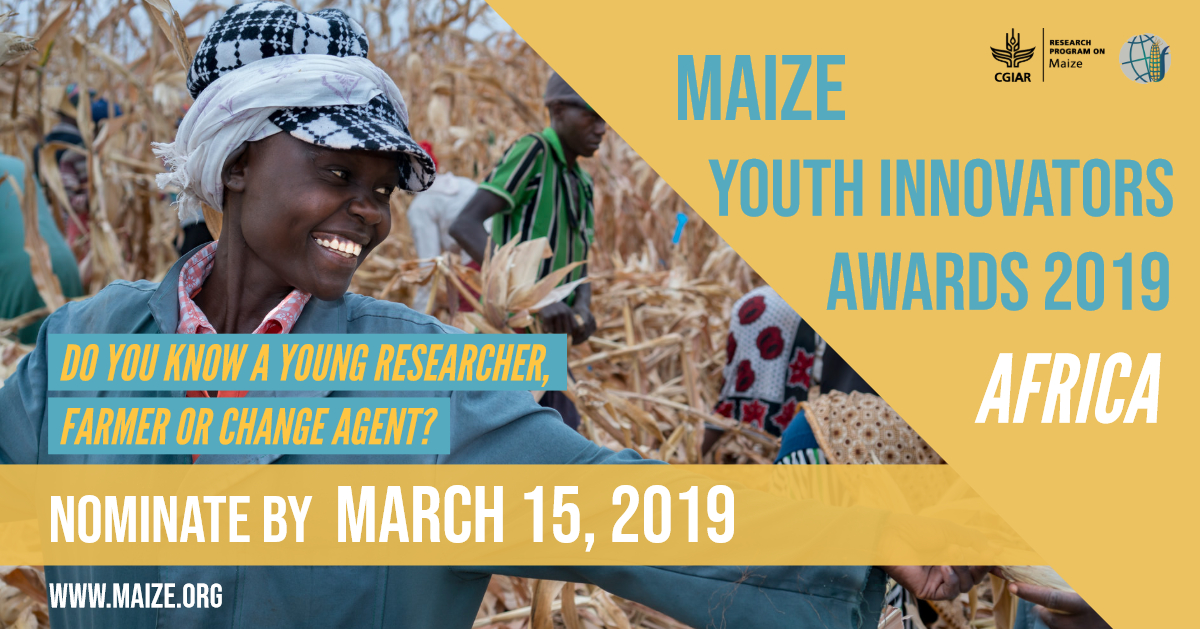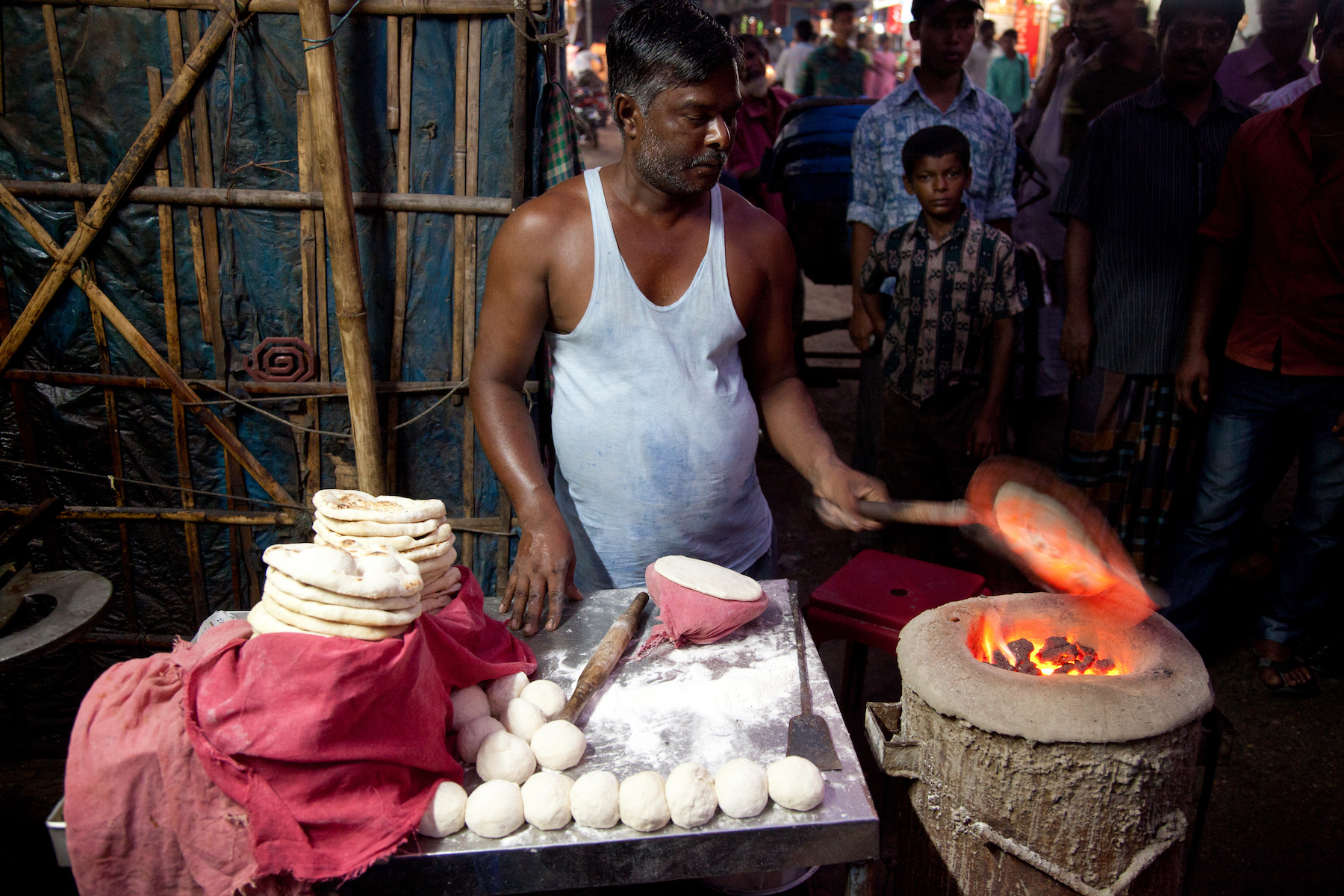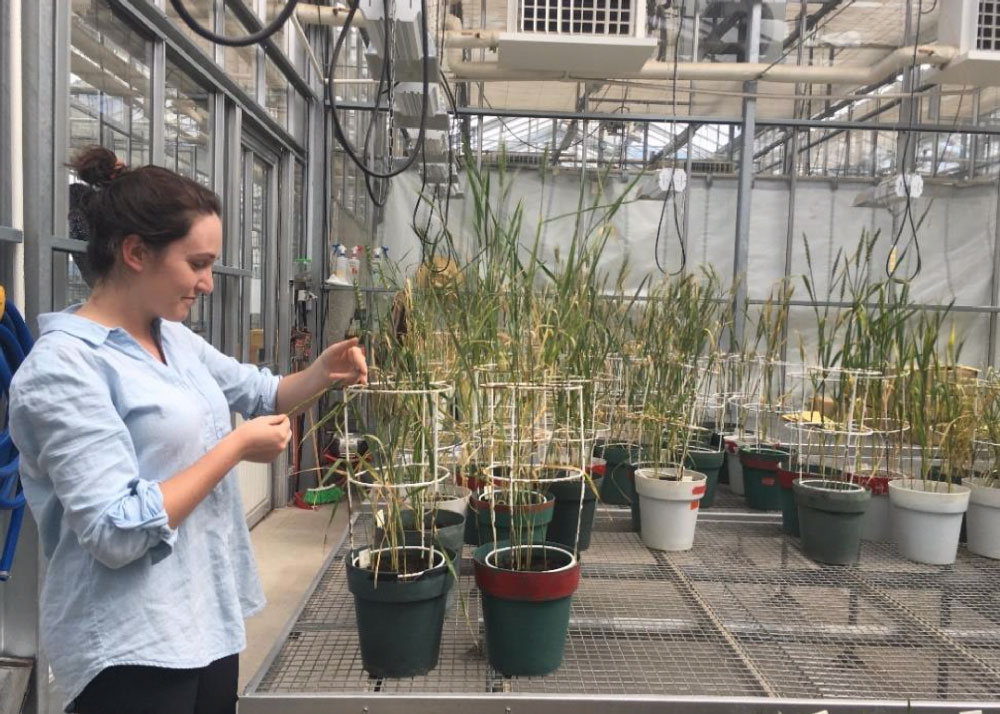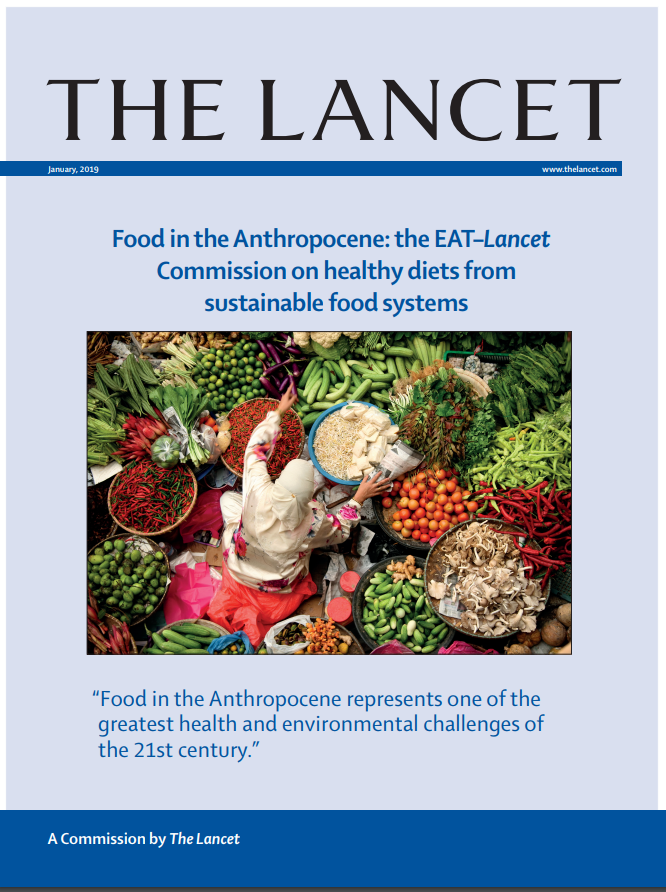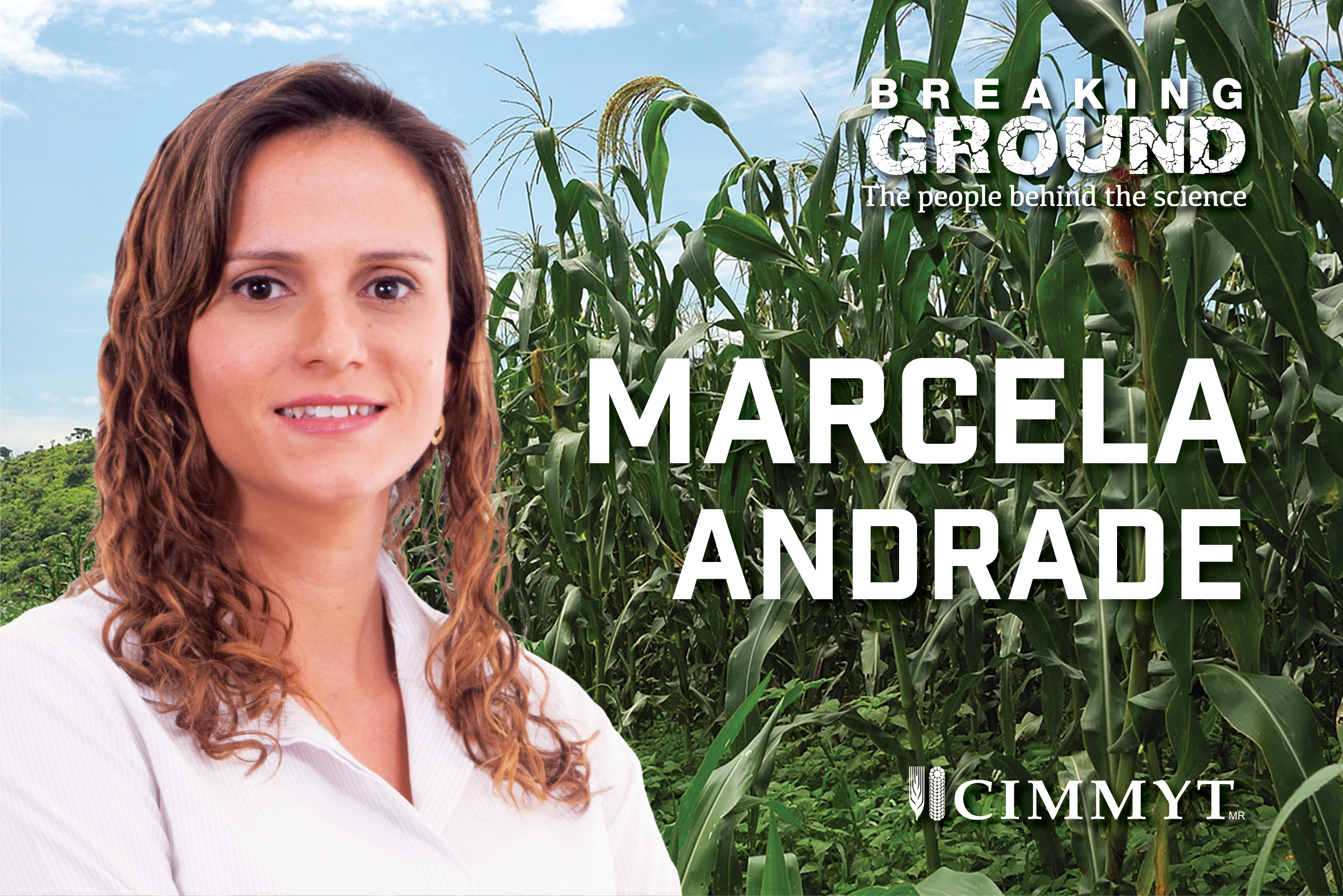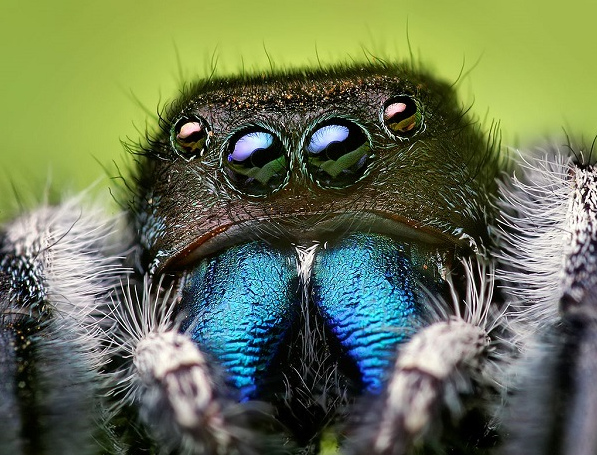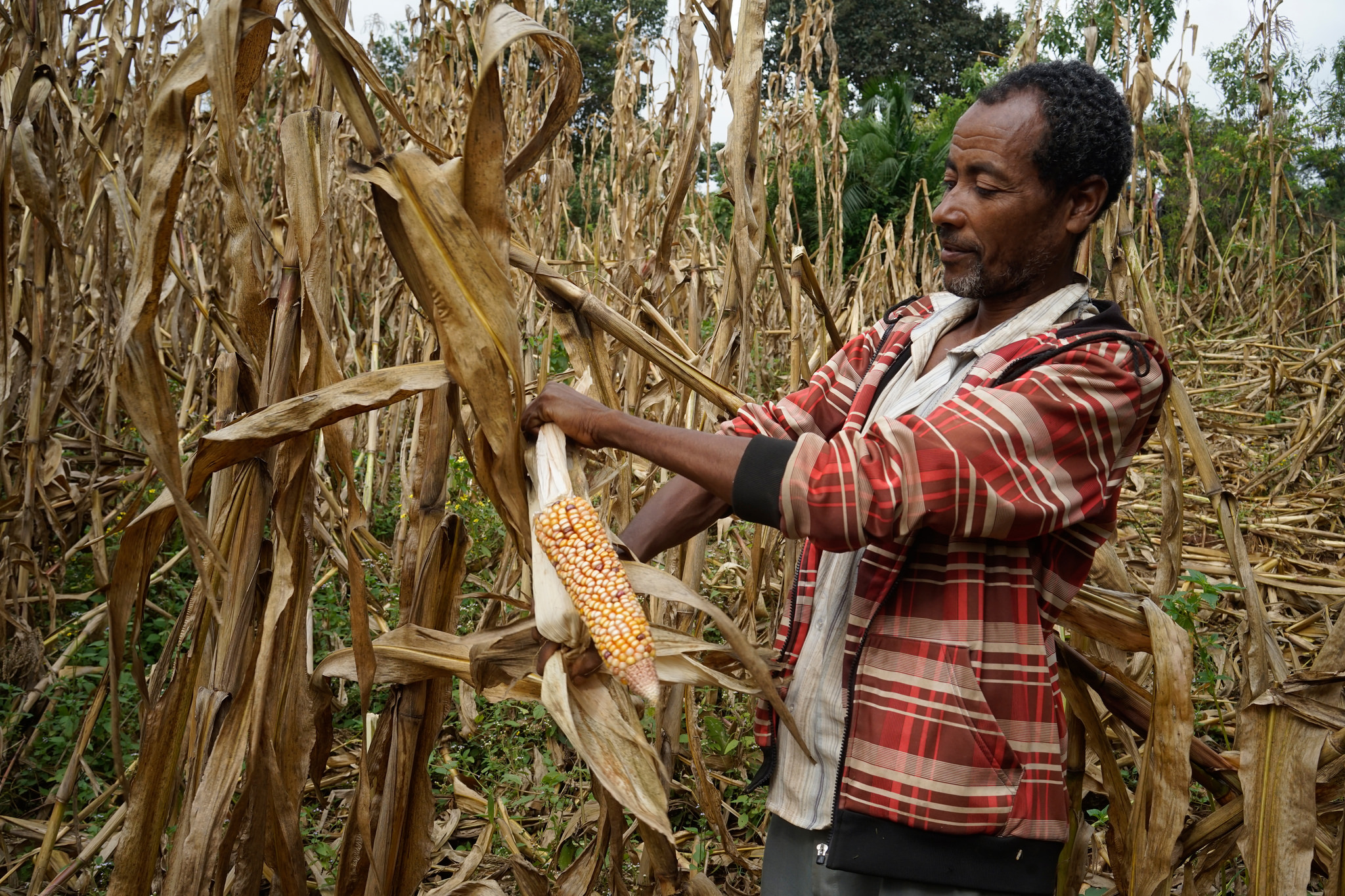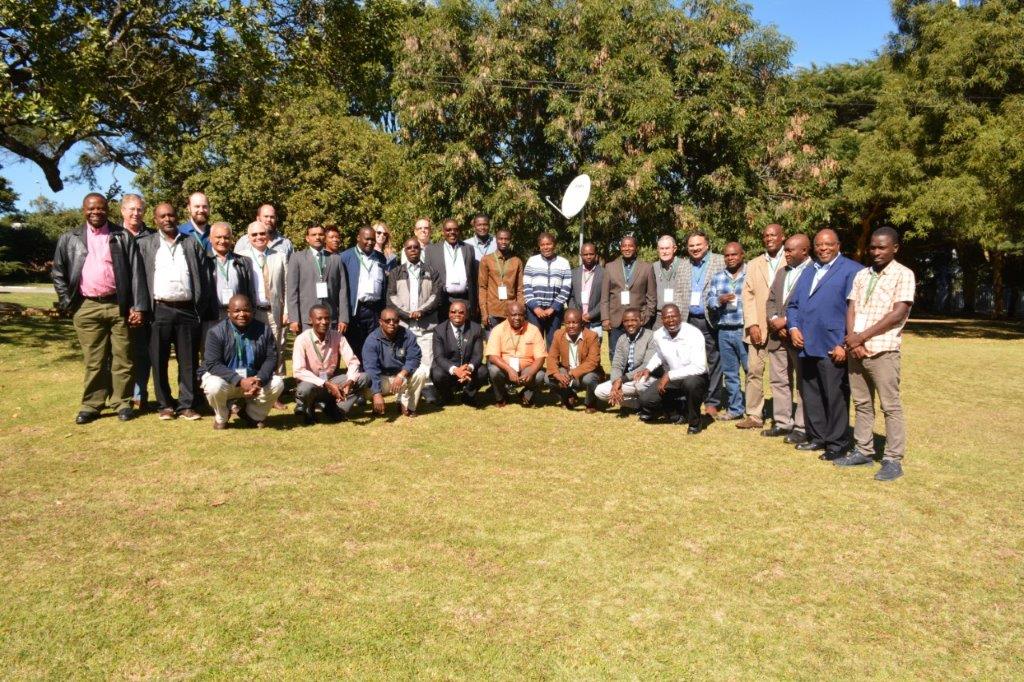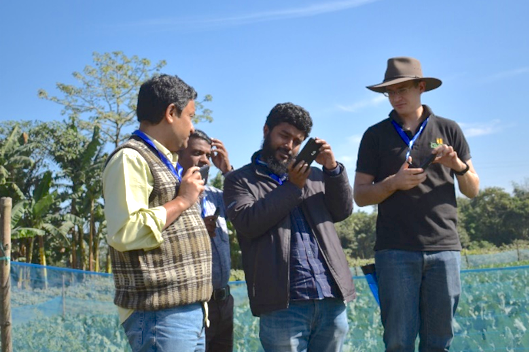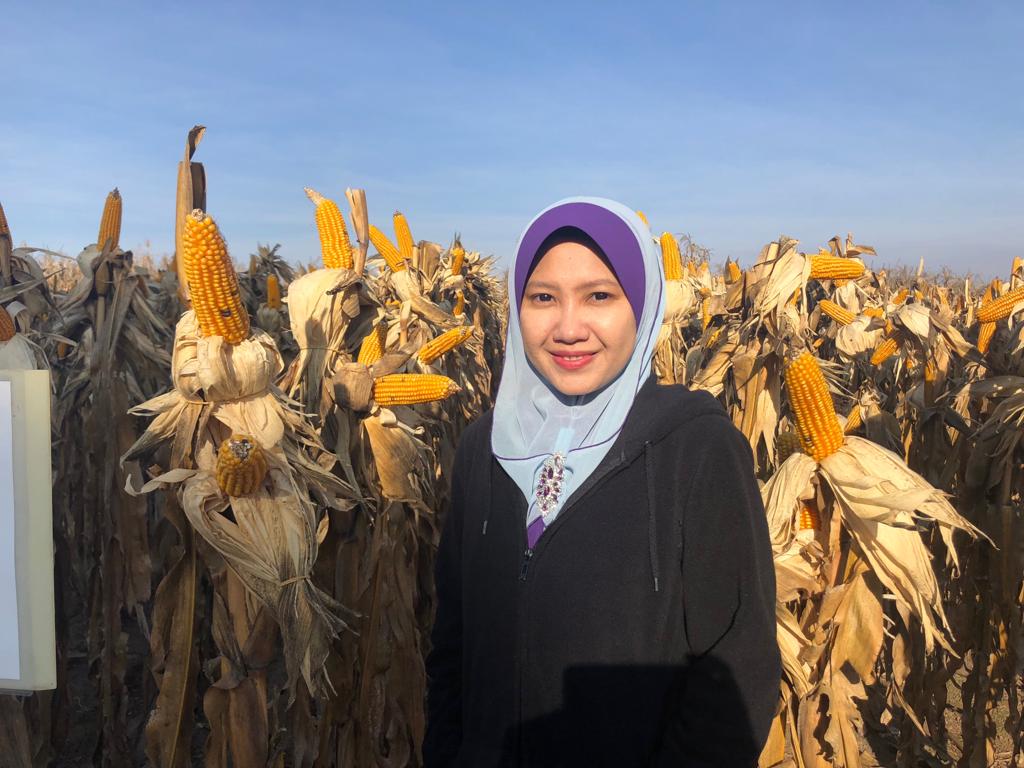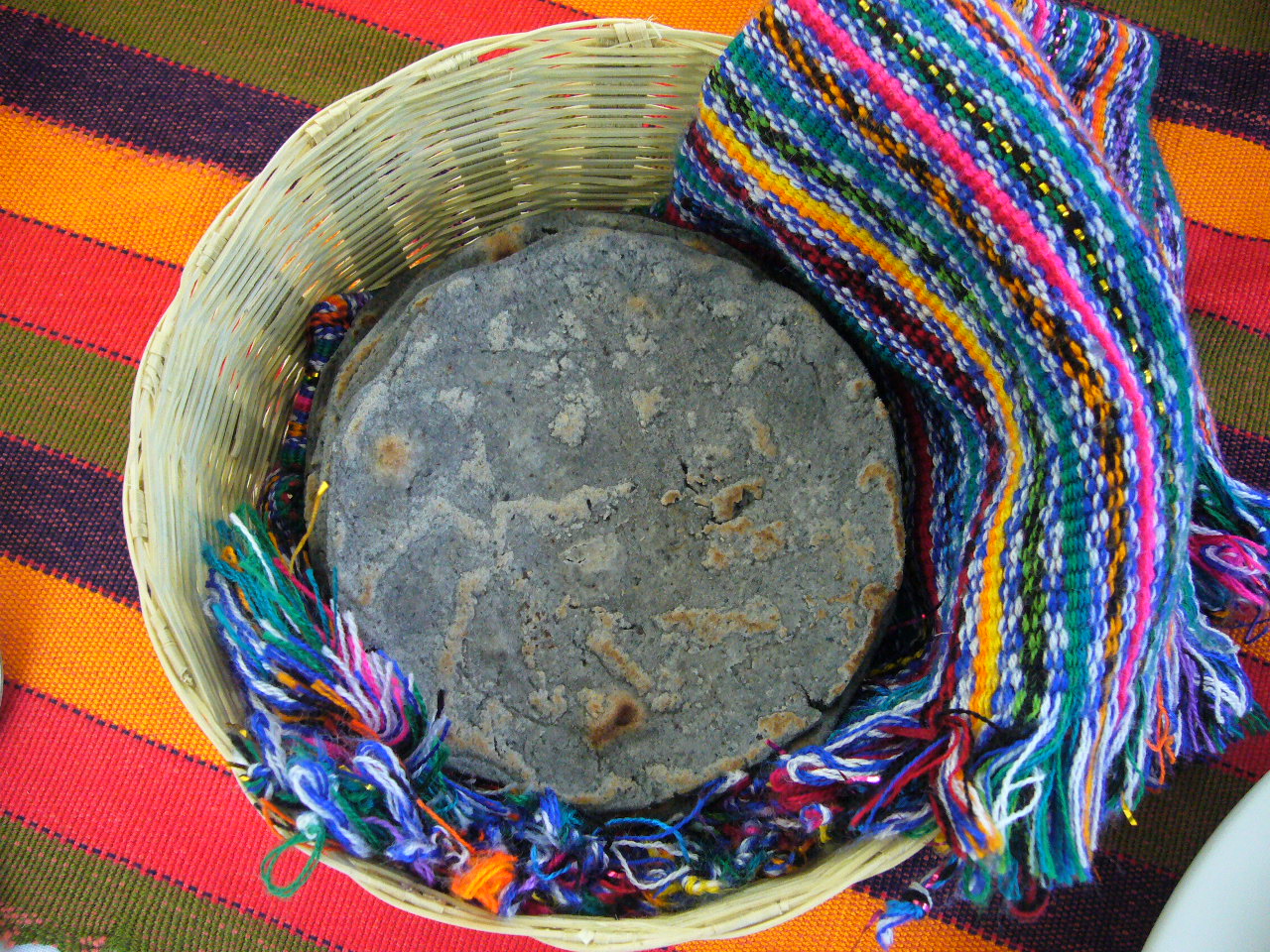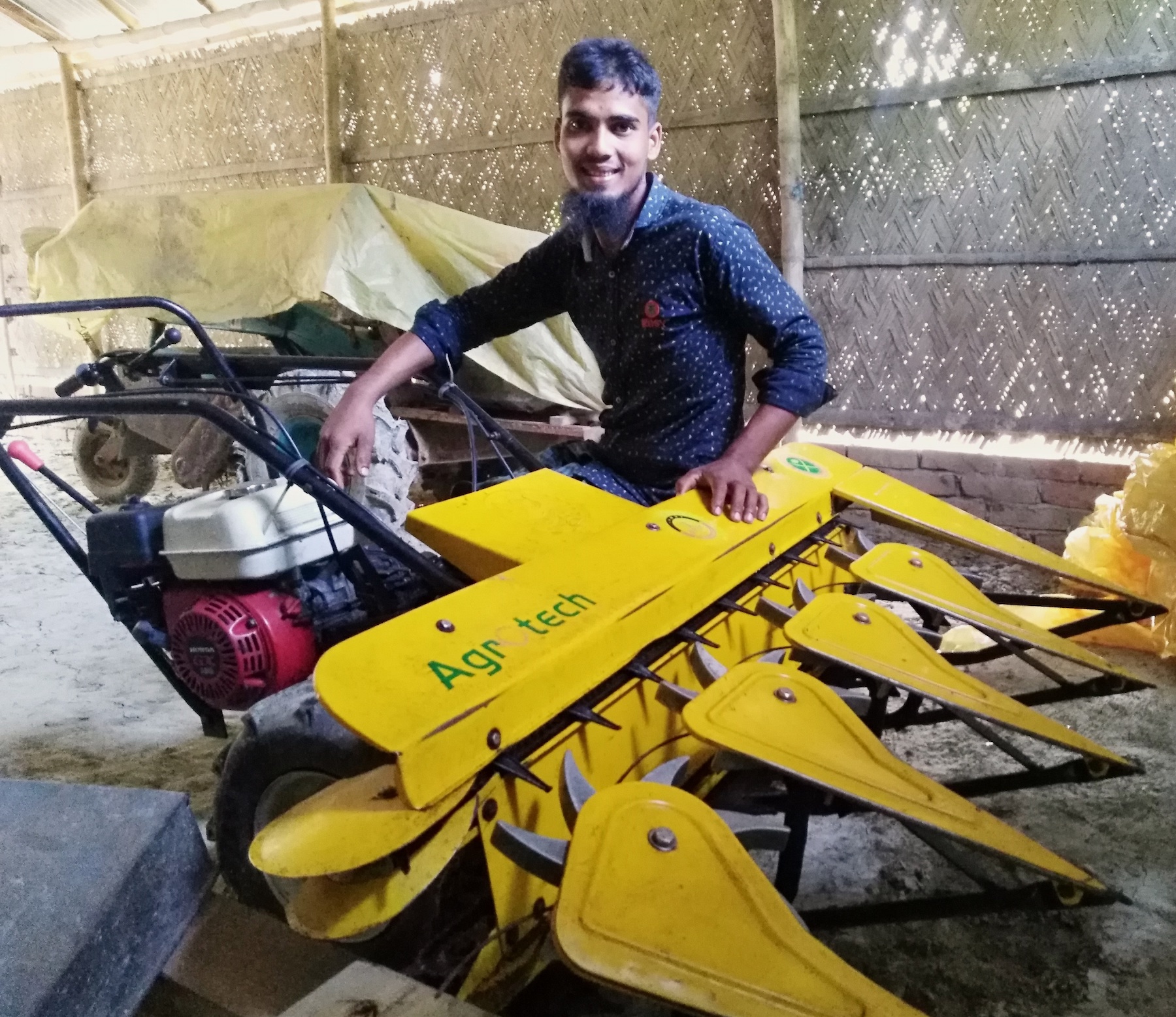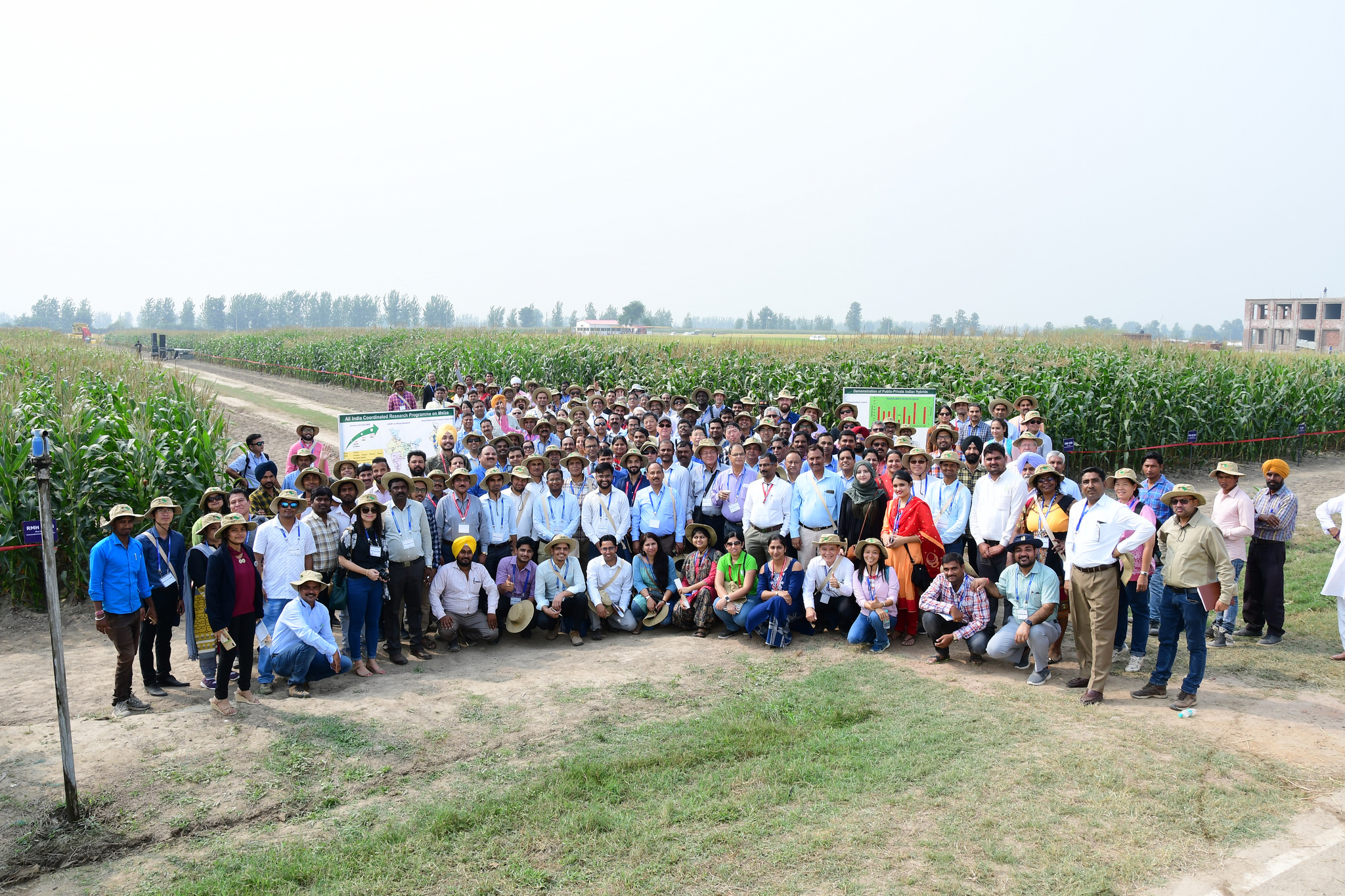Nutrition, health and food security
As staple foods, maize and wheat provide vital nutrients and health benefits, making up close to two-thirds of the world’s food energy intake, and contributing 55 to 70 percent of the total calories in the diets of people living in developing countries, according to the U.N. Food and Agriculture Organization. CIMMYT scientists tackle food insecurity through improved nutrient-rich, high-yielding varieties and sustainable agronomic practices, ensuring that those who most depend on agriculture have enough to make a living and feed their families. The U.N. projects that the global population will increase to more than 9 billion people by 2050, which means that the successes and failures of wheat and maize farmers will continue to have a crucial impact on food security. Findings by the Intergovernmental Panel on Climate Change, which show heat waves could occur more often and mean global surface temperatures could rise by up to 5 degrees Celsius throughout the century, indicate that increasing yield alone will be insufficient to meet future demand for food.
Achieving widespread food and nutritional security for the world’s poorest people is more complex than simply boosting production. Biofortification of maize and wheat helps increase the vitamins and minerals in these key crops. CIMMYT helps families grow and eat provitamin A enriched maize, zinc-enhanced maize and wheat varieties, and quality protein maize. CIMMYT also works on improving food health and safety, by reducing mycotoxin levels in the global food chain. Mycotoxins are produced by fungi that colonize in food crops, and cause health problems or even death in humans or animals. Worldwide, CIMMYT helps train food processors to reduce fungal contamination in maize, and promotes affordable technologies and training to detect mycotoxins and reduce exposure.
Call for interest: Development trait prioritization as part of a sub-Saharan African crop variety replacement strategy
 Innovations
Innovations
The CGIAR Excellence in Breeding Platform (EiB) is looking to provide matching funding for two projects.
Researchers and friends recall John Mihm, former CIMMYT maize entomologist
 Nutrition, health and food security
Nutrition, health and food security
The CIMMYT community honors the memory of John A. Mihm, CIMMYT’s maize entomologist during the 1970s-90s,
Call for nominees for the 2019 Maize Youth Innovators Awards – Africa
 Capacity development
Capacity development
Open to young women and men below 35 years of age who are implementing innovations in African maize-based agri-food systems.
City dwellers in Africa and Asia increasingly choose wheat, research shows
 Nutrition, health and food security
Nutrition, health and food security
The developing world’s appetite for wheat is growing swiftly, driven in part by rising incomes, rapid urbanization and the expansion of families where both spouses work outside the house.
University of Queensland student researches tan spot resistance in wheat at CIMMYT
 Capacity development
Capacity development
Tamaya Peressini’s project aimed to evaluate adult plant resistance to tan spot in wheat.
New report calls for urgent diet and food system changes to sustainably feed world
 Climate adaptation and mitigation
Climate adaptation and mitigation
EAT-Lancet Commission offers a roadmap for a global food system that provides a healthy, sustainable diet for the world’s 10 billion people by 2050.
Breaking Ground: Breeder Marcela C. Andrade bolsters maize with hardiness from ancestral races
 Innovations
Innovations
Traits sought include better resilience under high temperatures, drought conditions or the attacks of rapidly-evolving crop diseases.
The itsy bitsy spider can make a big impact in agriculture
 Environmental health and biodiversity
Environmental health and biodiversity
A new study explores how conservation agriculture in southern Africa supports spider populations and diversity, which could help mitigate pest damage.
Reducing high yield gaps with decision-support apps
 Innovations
Innovations
Trials of the Nutrient Expert app showed improved yields, fertilizer-use efficiency and increased profits for farmers.
International Maize Improvement Consortium for Africa ramps up seed innovations
 Capacity development
Capacity development
CIMMYT launched the consortiumin May 2018, to better engage with a committed set of partners and to achieve enhanced maize yields in Africa.
Finding the story behind weeds
 Innovations
Innovations
Researchers use the Photovoice methodology to better understand weed management practices.
Visiting researcher from Malaysia studies growing importance of maize and wheat in the country
 Capacity development
Capacity development
Fazleen Abdul Fatah notes that few studies document shifts between cereals.
Best of 2018: Editors’ picks
 Capacity development
Capacity development
In 2018, we published more than 200 stories related to maize and wheat science around the world. Here are some of our favorites.
The saving grace of a hefty investment
 Innovations
Innovations
Young farmer’s investment in a reaper saves him time, money and dignity, while helping others in the community.
